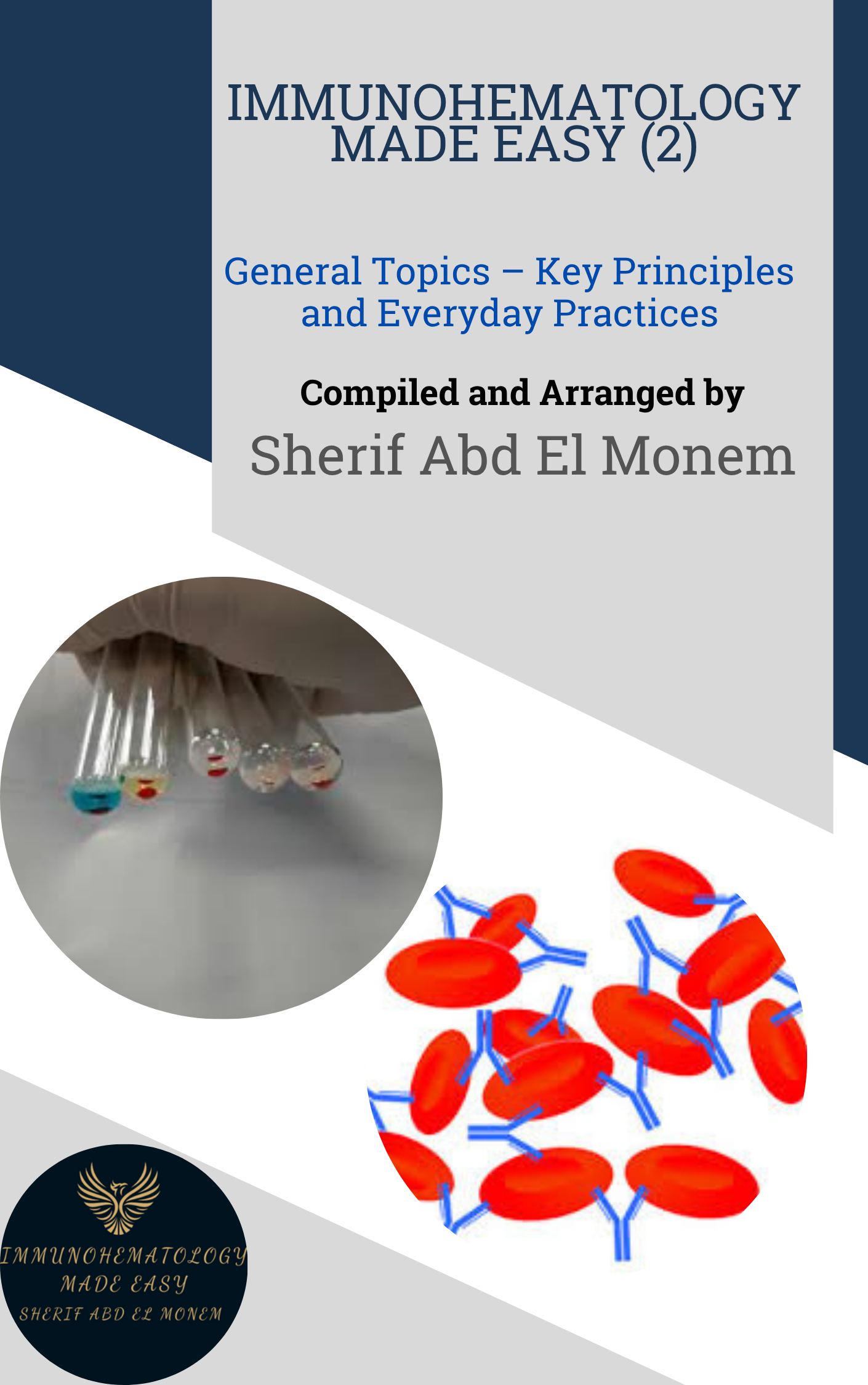NAC Recommendations for Solvent Detergent Plasma (S/D Plasma)
On March 27, 2023, the restrictions on the use of Octaplasma Solvent-Detergent Human Plasma (S/D Plasma) in Canada (outside the province of Quebec) will be removed. Prior to this date, S/D Plasma was restricted to specific patient groups as recommended by the Canadian Agency for Drugs and Technologies in Health. The restrictions on the use of S/D Plasma were based on clinical evidence showing no difference in effectiveness as compared to regular frozen plasma (FP), and a substantial increase in cost associated with S/D Plasma as compared to FP. In July 2022, the Canadian Blood Services announced a transition to pathogen-reduced to platelet and plasma components as an additional layer of safety to the blood supply system in Canada. The first phase in the implementation of pathogen-reduced plasma is the transition from FP and S/D Plasma with a target of 80% of all transfused plasma to be S/D Plasma by September 2023. The second phase (planned for 2024-25) is to replace the remaining 20% of FP with pathogen-reduced frozen plasma using the same technology (Intercept Blood System) currently in use to produce pathogen-reduced platelets.
S/D Plasma has been used in Canada since 2011 on a restricted basis, and in many European countries (Netherlands, Finland, Sweden, Norway, United Kingdom) as the primary plasma product with no concerns for either clinical efficacy or safety. S/D Plasma is made from large pools of plasma that undergo pathogen inactivation using a solvent-detergent process and is then divided into 200 mL units. As a result of the manufacturing process, S/D Plasma units have relatively standard or uniform levels of coagulation factors. The levels for all clotting factors are similar to those in FP with the exception of lower protein S and anti-plasmin levels. The pooling of units for S/D Plasma results in decreased allergic reactions and possibly a reduction in TRALI reactions.
The transition to S/D Plasma represents a significant change in hospital transfusion practice in Canada. While S/D Plasma and FP have the same clinical indications, there are some differences in the products themselves and the packaging of the product, which are important for health care practitioners and hospital transfusion medicine services. Further information from Canadian Blood Services on S/D Plasma and the transition to this product can be found at https://profedu.blood.ca/en/transfusion/publications/faq-solvent-detergent-sd-treated-plasma-octaplasma.

Immunohematology Made Easy (2)
General Topics – Key Principles and Everyday Practices
📘 Available now in PDF & EPUB formats
🔗 Visit Store
This document from the National Advisory Committee on Blood and Blood Products provides additional clinical recommendations regarding the indications, dosing, and the use in special populations.

Immunohematology Made Easy (2)
General Topics – Key Principles and Everyday Practices
📘 Available now in PDF & EPUB formats
🔗 Visit Store

📘 New to Blood Bank?
Start your 5-day journey with Immunohematology Made Easy — a simple, beginner-friendly guide with real-life examples!
👉 Get Your Copy Now